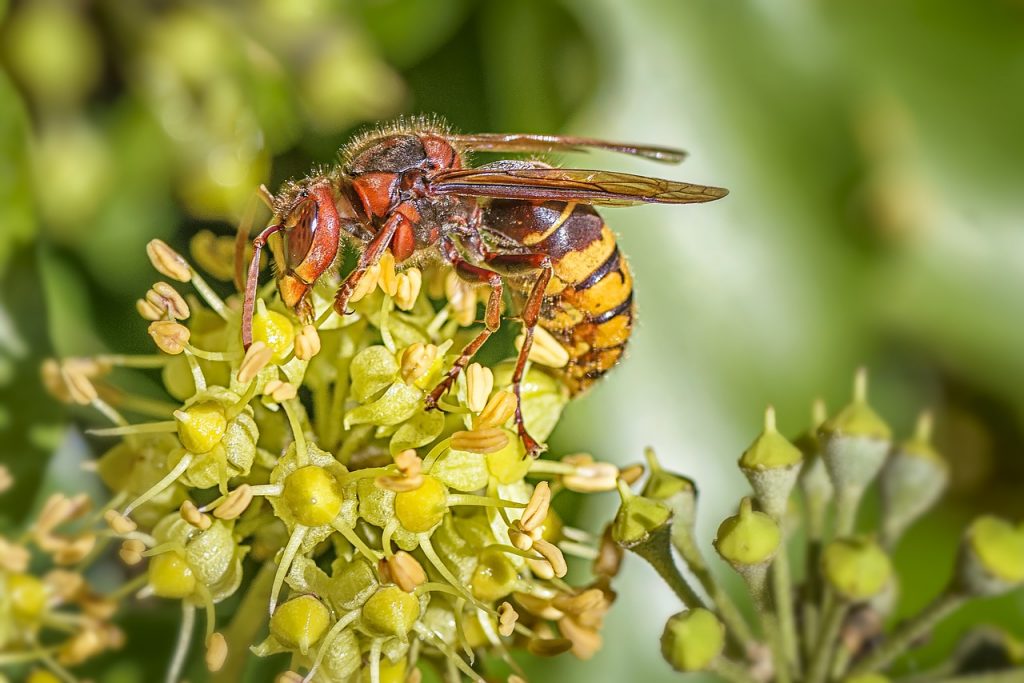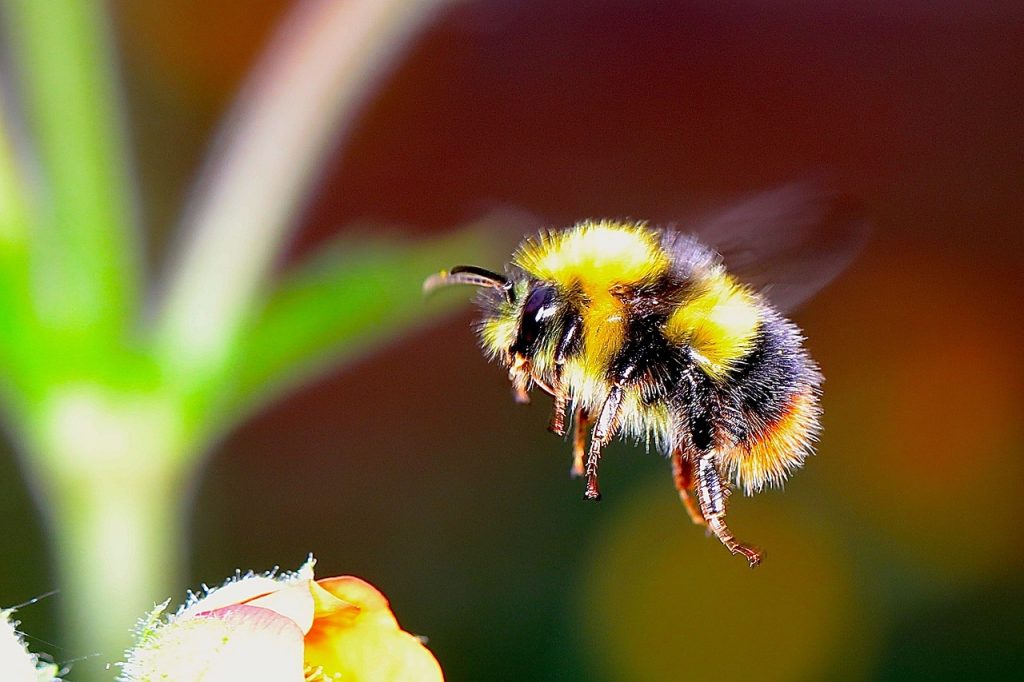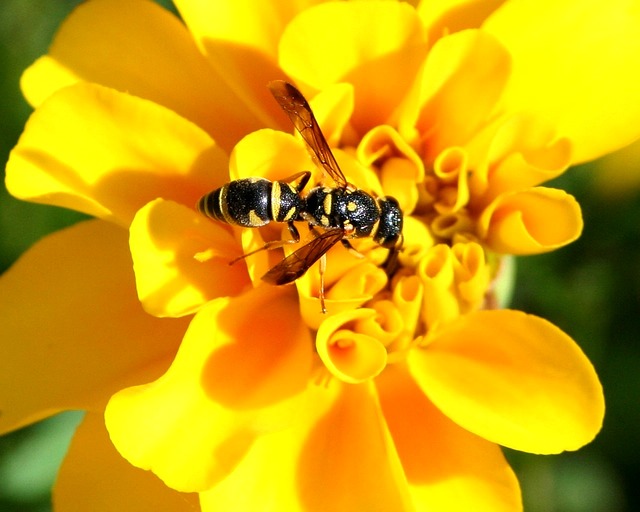Get to Know Your Common Bees and Wasps

If you’ve spent any time outside over the last few months, you’ve probably seen plenty of bees and wasps flying around. This time of year they come out in droves and can cause quite a panic for humans, homeowners and business owners. Bee or wasp infestations can cause structural damage and their stings can be painful.
But just because it looks like a honey bee, doesn’t mean it is a honey bee! There are a few common flying creatures that often get mistaken for the honey bee: the bumble bee, the yellow jacket and the hornet. We think it’s important to know how to identify these commonly seen bees and wasps so you can better protect yourself and your family from painful stings or worse.
Let’s talk about some of the most common bees and wasps that you are likely to see around your home and how to tell the difference between them all.
How much do you know about honey bees, bumble bees, yellow jackets and hornets? Could you identify each one by looks alone? What would you do if you encountered any of these creatures?
How to Identify Common Bees and Wasps
When you know the type of insect you are dealing with, you can be more equipped to take the right action. One of the most important reasons to learn about bees and wasps is to protect people and pets from stings. Allergic reactions to bee or wasp stings can be very dangerous, especially if the victim has suffered multiple stings.
There are two main ways that we can identify a bee or wasp: the appearance of the insect and the location of its nest. Let’s explore!
Bees
Honey Bee (Apis)
Size: .35 to .78 inches in length
Coloring: Black, golden brown and yellow bands
Stinger Type: Barbed, found on workers and queens, can only sting once
Aggression: Yes, when provoked and when protecting the hive and queen
Pollination: Yes, a variety of crops such as apples, cranberries and broccoli
Social or Solitary: Social, colonies up to 80,000 bees
Nest: Trees, eaves, rock crevices; Made of beeswax
Bumble Bee (Bombus)
Size: 1 to 1 ½ inches in length
Coloring: Fuzzy yellow and black hair, including on abdomen
Stinger Type: Smooth, found on workers and queens; Can sting multiple times
Aggression: Yes, but rare unless provoked
Pollination: Yes, a variety of flowers and crops, especially tomatoes
Social or Solitary: Social, colonies averaging 15 to 100 bees
Nest Type: Ground nests, smaller than honey bees
Wasps
Yellow Jacket (Vespula or Dolichovespula)
Size: .5 to .75 inches in length
Coloring: Black and yellow, sometimes black and white; Smooth appearance
Stinger Type: Lance-like, barbed; Can sting multiple times
Aggression: Yes, very territorial and are known to chase humans
Pollination: Yes, but not very efficient due to lack of fuzzy hair
Social or Solitary: Social, colonies up to 20,000 wasps
Nest Type: Paper-like, gray in color; Commonly found underground or in walls
Hornet (Vespa)
Size: Up to 2 inches in length
Coloring: Striped white and black body
Stinger Type: Not barbed
Aggression: Yes, very painful stings; Could be lethal if allergic to hornet venom
Pollination: Yes, a variety of crops and flowers
Social or Solitary: Social, colonies averaging 700 workers
Nest Type: Papery, made from chewed wood; Football-shaped; Found in branches, inside trees, man-made structures
Do you have bees or wasps on your property?
Many San Diego homeowners call us because they think they have a bee or wasp infestation – but they aren’t sure which one! At D-Tek Live Bee Removal, we are happy to come out to your property and fairly assess the situation. Our team will then suggest the best course of action for your unique needs.
When you work with us, we use safe and effective live bee removal techniques that keep the honey bees safe and sound throughout the process. Why is this important? Because we want to help protect honey bees so they can continue to pollinate our crops.
The specialists at D-Tek Live Bee Removal are experts in bee removal. They know bees and wasps, and how to handle them!
Do you need bee removal in San Diego or San Diego County? Give the team at D-Tek Live Bee Removal a call today for a free quote and a consultation with one of our live bee removal experts.



